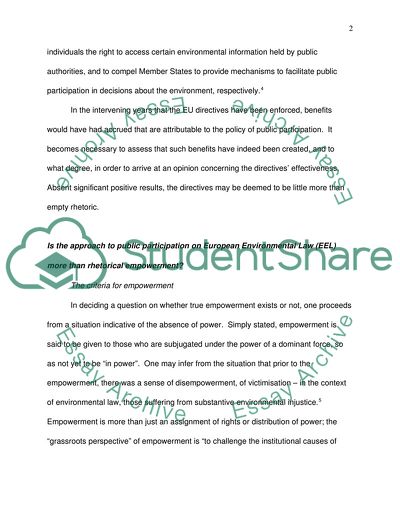Cite this document
(European Environmental Law and Regulation Essay, n.d.)
European Environmental Law and Regulation Essay. Retrieved from https://studentshare.org/environmental-studies/1746179-european-environmental-law-and-regulation
European Environmental Law and Regulation Essay. Retrieved from https://studentshare.org/environmental-studies/1746179-european-environmental-law-and-regulation
(European Environmental Law and Regulation Essay)
European Environmental Law and Regulation Essay. https://studentshare.org/environmental-studies/1746179-european-environmental-law-and-regulation.
European Environmental Law and Regulation Essay. https://studentshare.org/environmental-studies/1746179-european-environmental-law-and-regulation.
“European Environmental Law and Regulation Essay”, n.d. https://studentshare.org/environmental-studies/1746179-european-environmental-law-and-regulation.


